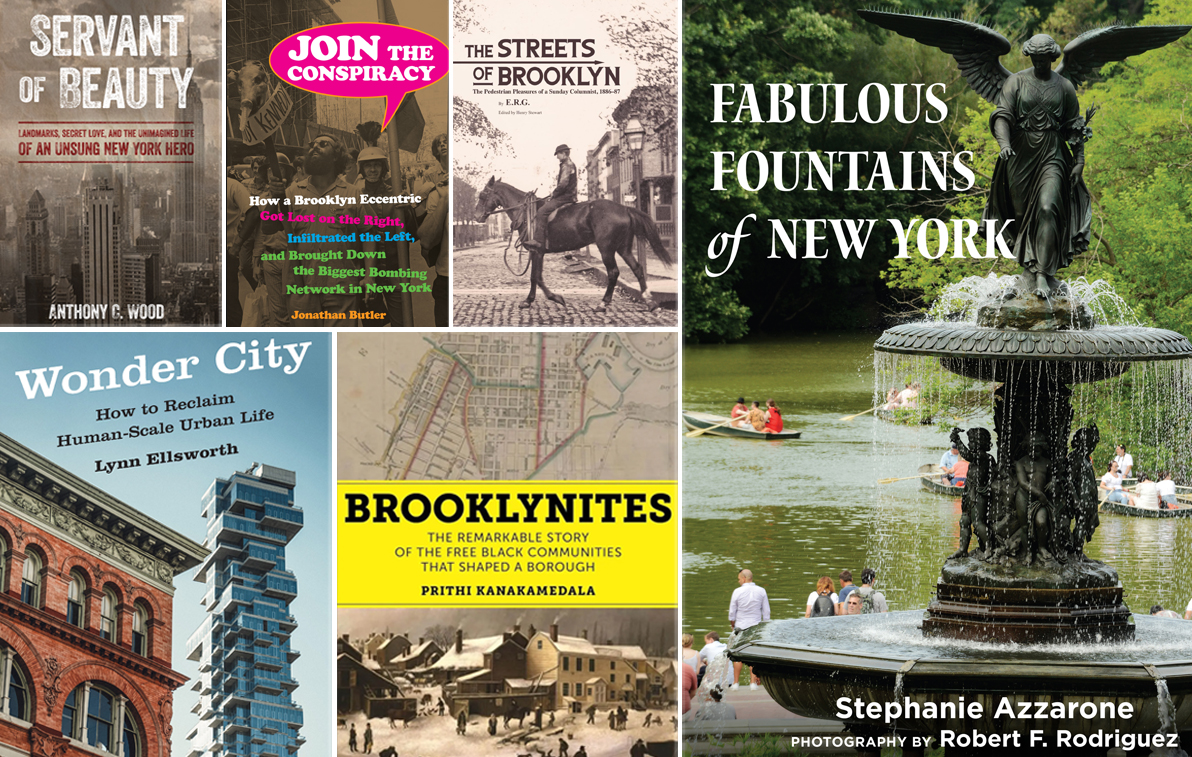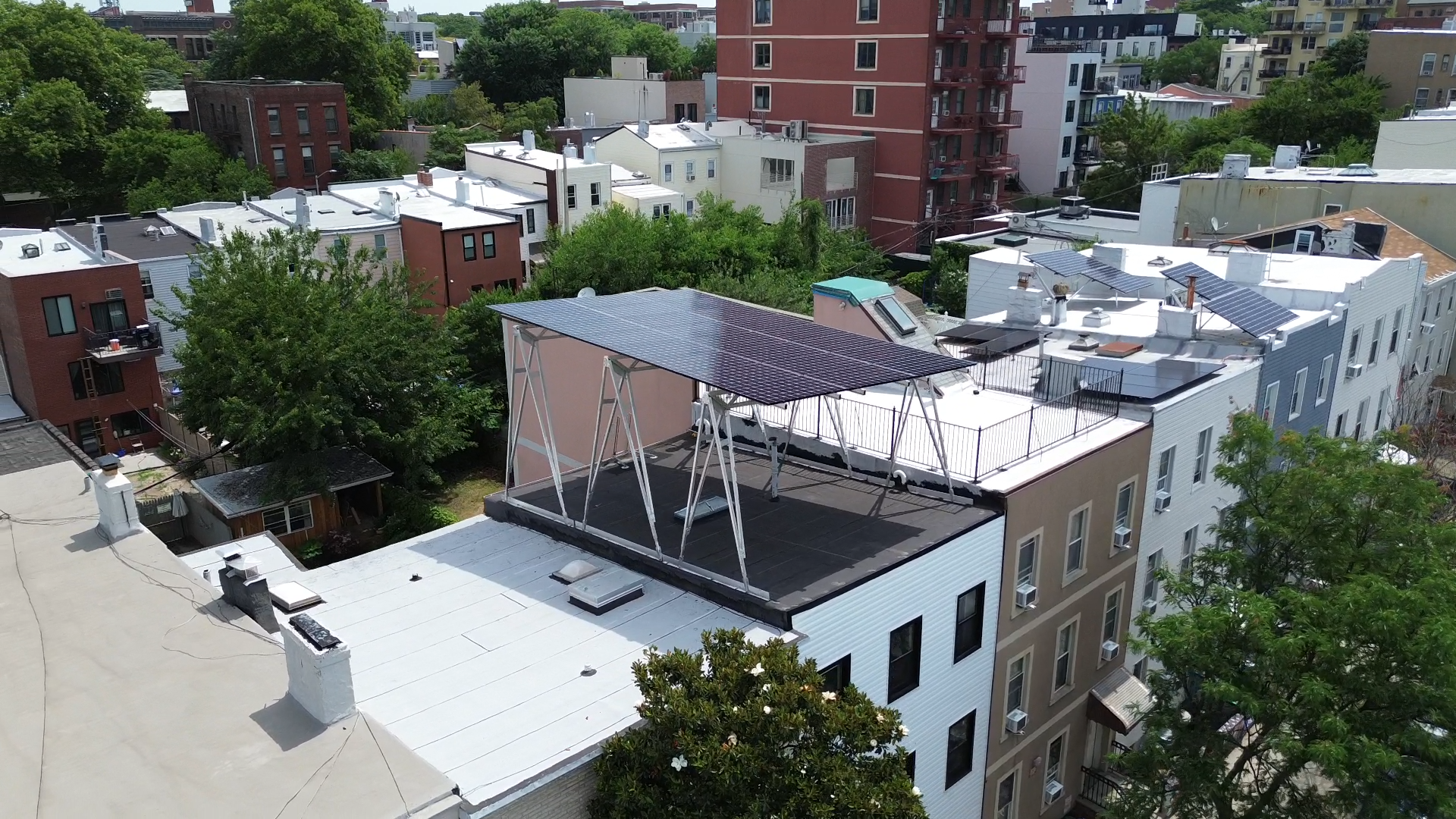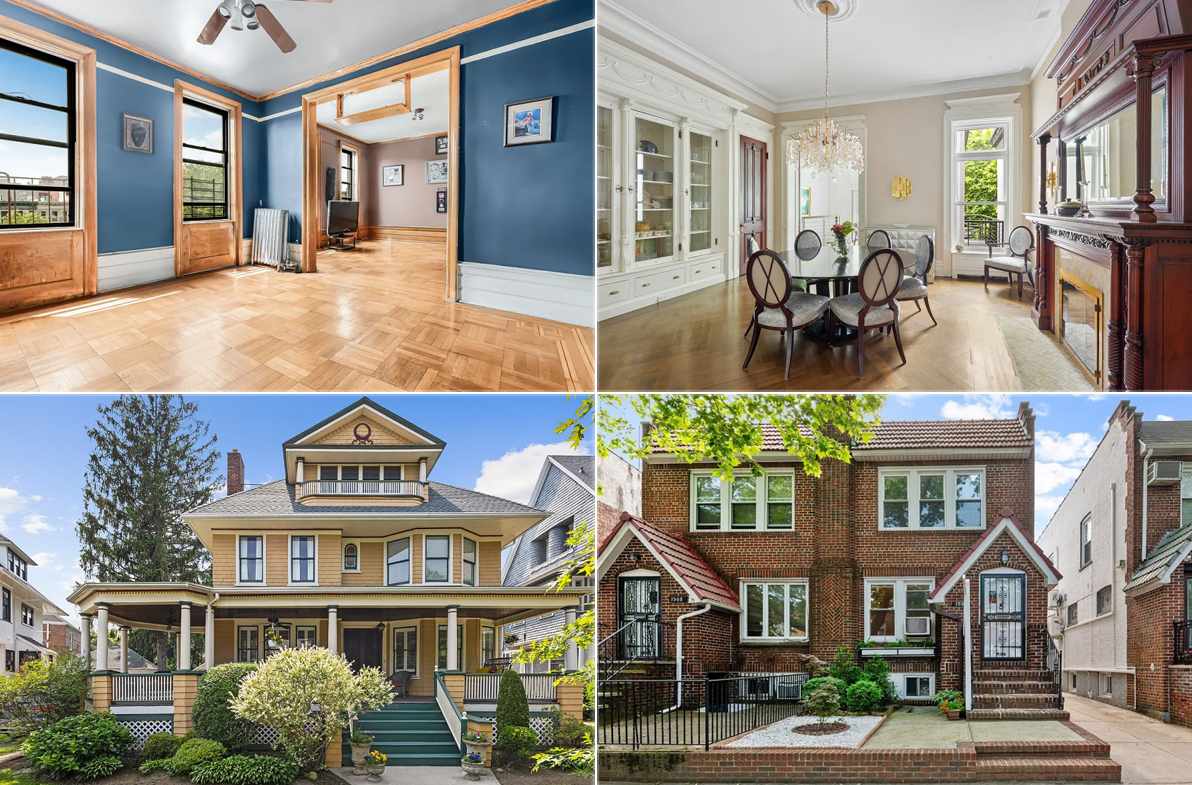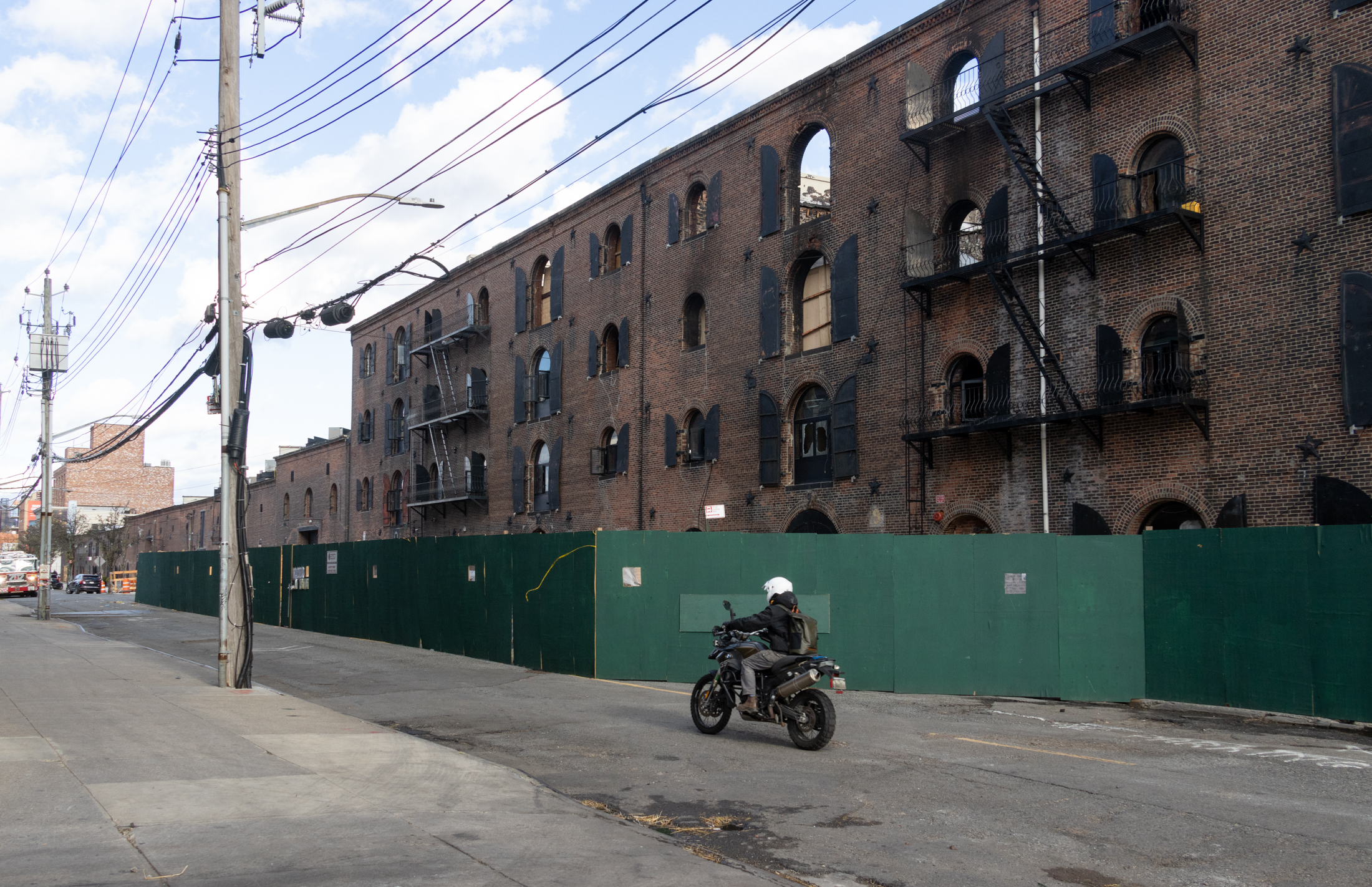4th Avenue's Walls of Voodoo
Not sure how we missed The Journal story about 4th Avenue yesterday—Curbed and The Observer both picked up on it—but it certainly is worth mentioning. Not because the gist was anything new, but because the gist is important enough to merit repeating. While the 2003 rezoning resulted in 859 new apartments—either built, under development or…


Not sure how we missed The Journal story about 4th Avenue yesterday—Curbed and The Observer both picked up on it—but it certainly is worth mentioning. Not because the gist was anything new, but because the gist is important enough to merit repeating.
While the 2003 rezoning resulted in 859 new apartments—either built, under development or in planning—the design of many of the new buildings have come under attack. They’ve done little to improve the character of the neighborhood or make it more pedestrian friendly because they have parking garages, air vents or concrete slabs at street level rather than shops and cafes, critics say.
We’ve been riffing on this subject for years—as has Streetsblog—but nice to see it getting some ink from Rupert.





Mopar;
No problem. I’ve mailed out my bill this morning.
🙂
Benson, you’ve sent me scurrying to the book shelf. You are correct. Moses put through an elevated expressway over Third Ave. Fourth Ave is not mentioned. My apologies.
Mopar;
Can I point out the following facts to you?
-If, as you say, 4th Ave was widened by Robert Moses, one would see the scars of it in the adjoining buildings. For instance, when one takes the Gowanus Express along 3rd Ave, on one side the old buildings face the highway, just as they originally faced 3rd Ave. On the other side, however, we see the sides – not the face- of the mostly tenement buildings, since those facing 3rd Ave were ripped down to widen the street. You can see the same phenomenon on Houston Street in Manhattan, which was widened up to 6th Ave to make way for the subway.
Along the entire length of 4th Ave. in Park Slope and Sunset Park, however, old buildings face the street on BOTH sides. Many of these buildings date from the 1800’s, well before Robert Moses’ time. Walk along 4th Ave from 9th Street to 15th Street, for instance, and you will see 1800’s apartment buildings lining both side of the street, very similiar to what you see on 6th and 7th Ave.. How are these buildings still intact if the street was widened?
-Robert Moses never had jurisdiction over the City’s street. He was the the Commissioner of the City’s Parks Dept., Highways and Public Housing.
-I am a student of Robert Moses’ work. A couple of years ago there was an exhibition of his projects (those realized and those proposed but never realized) curated by Professor Jackson of Columbia, and a book published in conjunction (which I have). There is no mention of a 4th Ave widening.
I repeat my assertion: Robert Moses had nothing to do with 4th Ave. I challenge you to find some accessible article that states otherwise. Please post the link.
Benson, Moses did put the widened road through fourth Ave. It’s in the Jane Jacobs’ biography “Wrestling with Moses.”
There’s a big difference in the buildings between 4th and 5th and those between 4th and 3rd aves–the latter group of buildings being largely industrial warehouses and other uglies.
5th ave itself is only about half gentrified–below 9th street it’s pretty gritty and home to *gasp* dollar stores.
Four words:
Park Avenue of Brooklyn
Denton I am with you on the trains – it is truly unbelievable how the 4th Ave corridor has gone from pretty good service to horrendous service after the latest round of cuts….
the goddamn subway should be fully fucking funded (and free) – it is by far the greatest economic engine in this city
“More important than any of this shit is HOW COULD THEY FUCK UP THE R TRAIN after all of these apts got occupied!”
Williamsburg is obvi more important
Yes, DH – it’s the same force that was supposed to make Radiac magically disappear when rich people started sending their kids to school nearby. *But, But, I’m too wealthy and smart to live by something toxic*